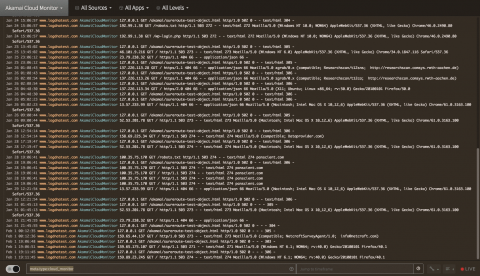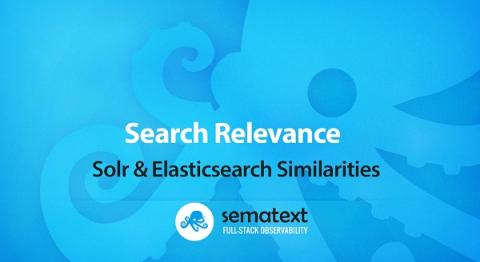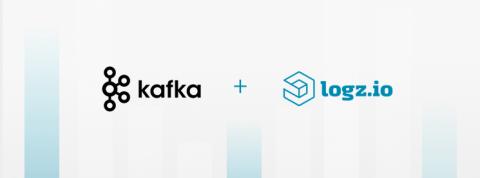Apache Error Log Explained
Many online applications use a web server as the primary point of contact for their clients. At least 43% of those systems are running the Apache HTTP Server. If you’re responsible for one of those systems, you need to work with the Apache error log.











